The companion dog as a model for human aging and mortality
- PMID: 29457329
- PMCID: PMC5946068
- DOI: 10.1111/acel.12737
The companion dog as a model for human aging and mortality
Abstract
Around the world, human populations have experienced large increases in average lifespan over the last 150 years, and while individuals are living longer, they are spending more years of life with multiple chronic morbidities. Researchers have used numerous laboratory animal models to understand the biological and environmental factors that influence aging, morbidity, and longevity. However, the most commonly studied animal species, laboratory mice and rats, do not experience environmental conditions similar to those to which humans are exposed, nor do we often diagnose them with many of the naturally occurring pathologies seen in humans. Recently, the companion dog has been proposed as a powerful model to better understand the genetic and environmental determinants of morbidity and mortality in humans. However, it is not known to what extent the age-related dynamics of morbidity, comorbidity, and mortality are shared between humans and dogs. Here, we present the first large-scale comparison of human and canine patterns of age-specific morbidity and mortality. We find that many chronic conditions that commonly occur in human populations (obesity, arthritis, hypothyroidism, and diabetes), and which are associated with comorbidities, are also associated with similarly high levels of comorbidity in companion dogs. We also find significant similarities in the effect of age on disease risk in humans and dogs, with neoplastic, congenital, and metabolic causes of death showing similar age trajectories between the two species. Overall, our study suggests that the companion dog may be an ideal translational model to study the many complex facets of human morbidity and mortality.
Keywords: aging; cause of death; comorbidity; companion dog; human; mortality.
© 2018 The Authors. Aging Cell published by the Anatomical Society and John Wiley & Sons Ltd.
Figures
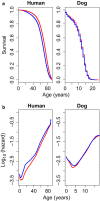
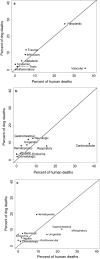
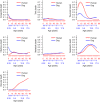

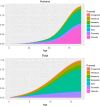
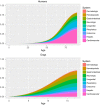
References
-
- American Veterinary Association . Retrieved from https://www.avma.org/public/YourVet/Pages/veterinary-specialists.aspx
Publication types
MeSH terms
Grants and funding
LinkOut - more resources
Full Text Sources
Other Literature Sources
Medical

